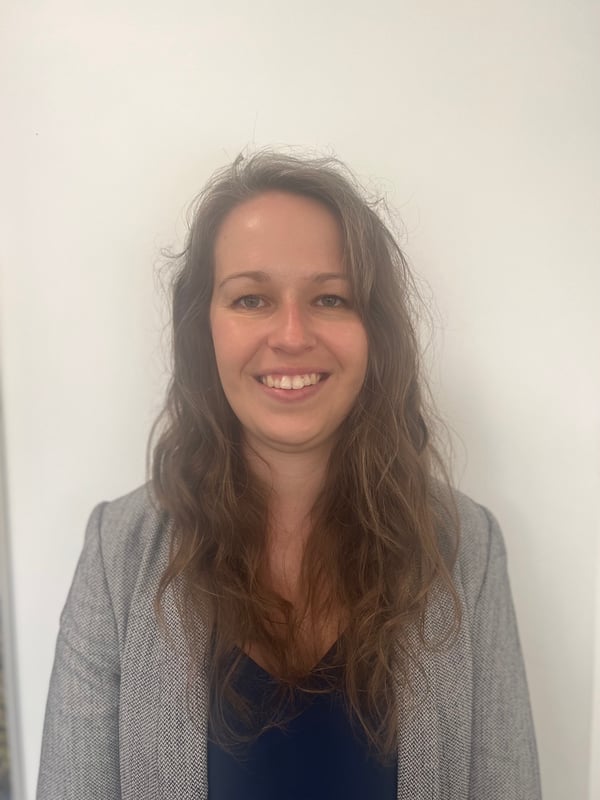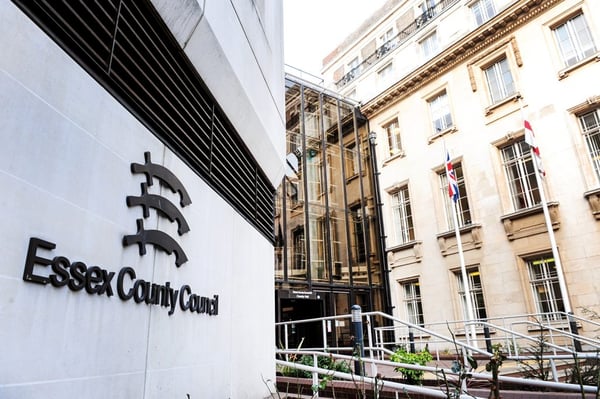How Camden is achieving a 'single-view' of its residents
The London Borough of Camden is transforming the way it provides services to residents by moving from a legacy siloed services model to a holistic approach able to offer a better understanding of the citizen and their circumstances. As part of this transformational programme, the council is introducing a new CRM that aims to link services across the organisation to help staff in their support of Camden’s population.
Phil Quickenden, the borough's Head of Customer and Registration Services, tells Government Transformation why this integrated system was very much needed.
Getting to the bottom of residents’ problems
Councils provide hundreds of different services essential to thousands of citizens. As such, being able to build a single-view of the citizen-resident has been a long-standing challenge for local government.
To overcome this, Camden is working on a transformation programme, ‘One Contact Camden’, that looks at how the council can move from its current siloed model of providing services to one that can engage with and support citizens in a more comprehensive way.-1.jpg?width=250&name=Phil%20Quickenden%20Aug%2018%20(4)-1.jpg)
“It is about trying to build a single view of a citizen which allows us to connect somebody to the support or guidance that they need within such a complex organisation as a council,” Quickenden says.
Quickenden’s contact centre supports 30 services across Camden, ranging from transactional services such as pest control and parking, to what he calls “relationship-based” services like social care and homelessness.
When somebody contacts the council because they are finding it difficult to afford council tax, the usual outcome would be to offer that person options around delaying a bill or offering a payment plan that can provide some temporary relief to the resident. For Quickenden, this is a superficial approach that does not tackle the underlying issues that are preventing that resident from paying council tax.
Although the council holds vast amounts of residents’ data, the siloed nature of its service delivery was preventing it from using it efficiently. For example, residents often get in touch with the council asking for support as a result of financial hardship - sometimes when it is too late. Quickenden and his team want to avoid these emergency situations by engaging with citizens “earlier in their journey” and offer advice and support preemptively by extracting insights from the data that the council has about them.
“Maybe this person also has rent arrears so we might just be exacerbating the problem by just touching on the council tax issue,” says Quickenden. “What’s happening in their life that is making it difficult for them to pay council tax this month? Are they getting the right benefits they are entitled to?
"We might need to have a much broader conversation about their financial position so we can offer them a tailored solution that’s going to meet their needs.”
A holistic view of resident needs
Finding the right solution to this challenge involved careful planning, and after “a big discovery phase”, Camden decided that the best tool that could help them have an holistic view of the resident and their needs would be a CRM to be used across all of the council’s services.
Quickenden believes that having a CRM in place that links all services across Camden will allow staff to proactively engage with residents on some of their greatest challenges from the point of their first call to the council, preventing the deterioration of situations that would need more services down the line. This is particularly important within the current cost-of-living crisis, where more residents are vulnerable to fall into financial hardship and likely to need additional support.
The council chose Netcall as their CRM provider 12 months ago, and today Quickenden’s team is at the stage of delivering the CRM’s first iteration with core functionality across the contact centre by the end of the summer.
“It’s been an interesting journey, where we’ve learned a lot about the challenges of implementing a CRM,” Quickenden admits. “Whilst we’ve chosen the product that’s ‘out of the box’, we haven’t necessarily approached it in terms of using the out of the box functionality straightway.”
The challenges Quickenden refers to involve the scale of the project and interconnectivity. Camden is integrating many different systems and services across the council involving different teams. Identifying core functionalities to be used across the whole system took time. Rather than implementing the CRM with complex functionalities in the first stage, the team chose to start with small and safe pilots before they eventually scale it across the organisation.
The first phase of the project has involved the integration of Camden’s telephony platform so when someone calls the council, the staff answering know if that person has got in touch with Camden before and have their details on the screen. The next integration will allow staff to see a resident’s online self-service journey, for example, if they have applied for a single person council tax discount.
“It’s all about that bigger picture,” says Quickenden. “Ultimately, it’s about turning that knowledge into a personalised service for somebody so that their interaction with the council is as smooth as it can be, that the advice and guidance they're given is really pertinent to them and tailored to their situation."
It's all about that bigger picture.
He adds that by spending less time in the more transactional services, staff will be able to invest more effort on more complex services that require “deeper conversations”.
Although the journey has been long and there is still a long way to go until the CRM provides all the functionalities that Camden wants to offer better services to residents, Quickenden says that having highly-skilled teams across the organisation, including the Digital Data Service that owns the project, and a supportive leadership have "proved invaluable".
Quickenden concludes: “What's been really clear is that having a strong project manager, a very agile methodology in terms of how we roll the CRM out, but also having really strong leadership within the business that can champion the core functionality, has helped us to get to where we are now, which is the verge of implementing this new system.”
Also Read
- NHS unveils redesigned homepage to meet evolving digital health needs
- Transforming citizen experience: Innovation, strategy and collaboration in public services
- Reforming planning technology: the key to unlocking growth
- Canada sets out 'Digital Ambition' with focus on smarter, secure, and citizen-centric services





